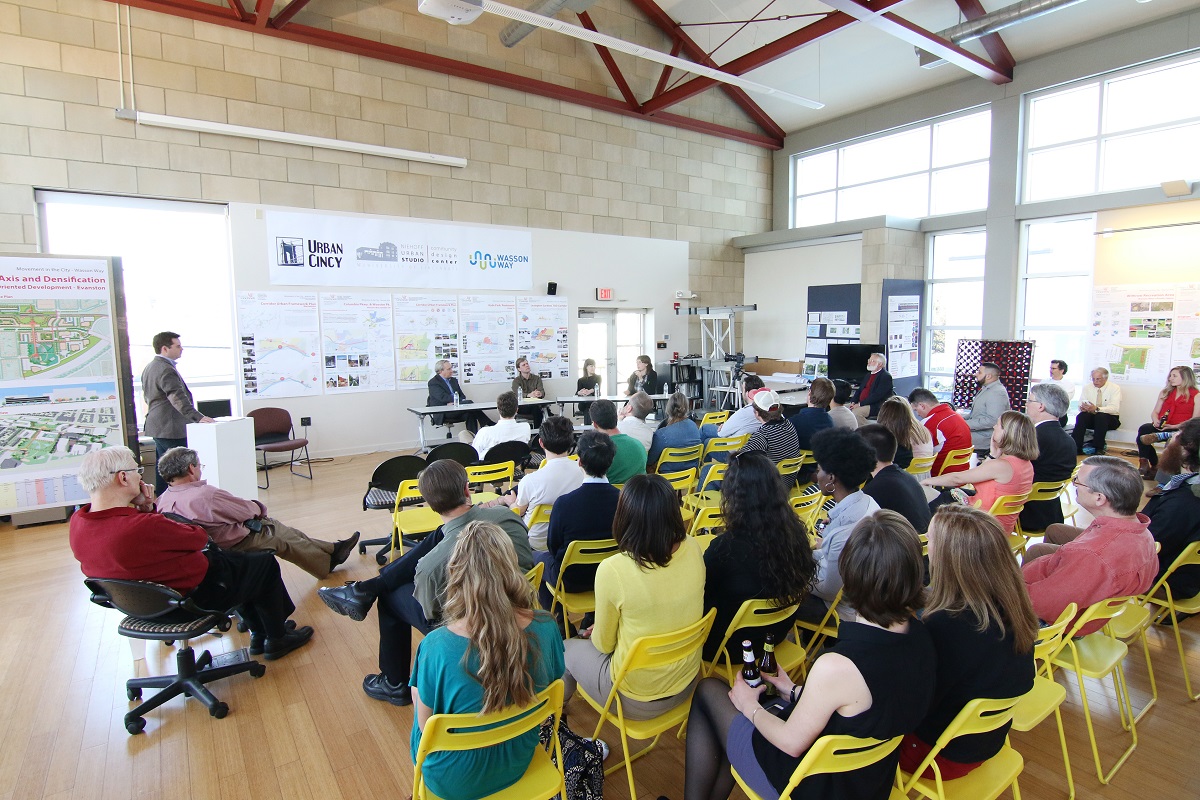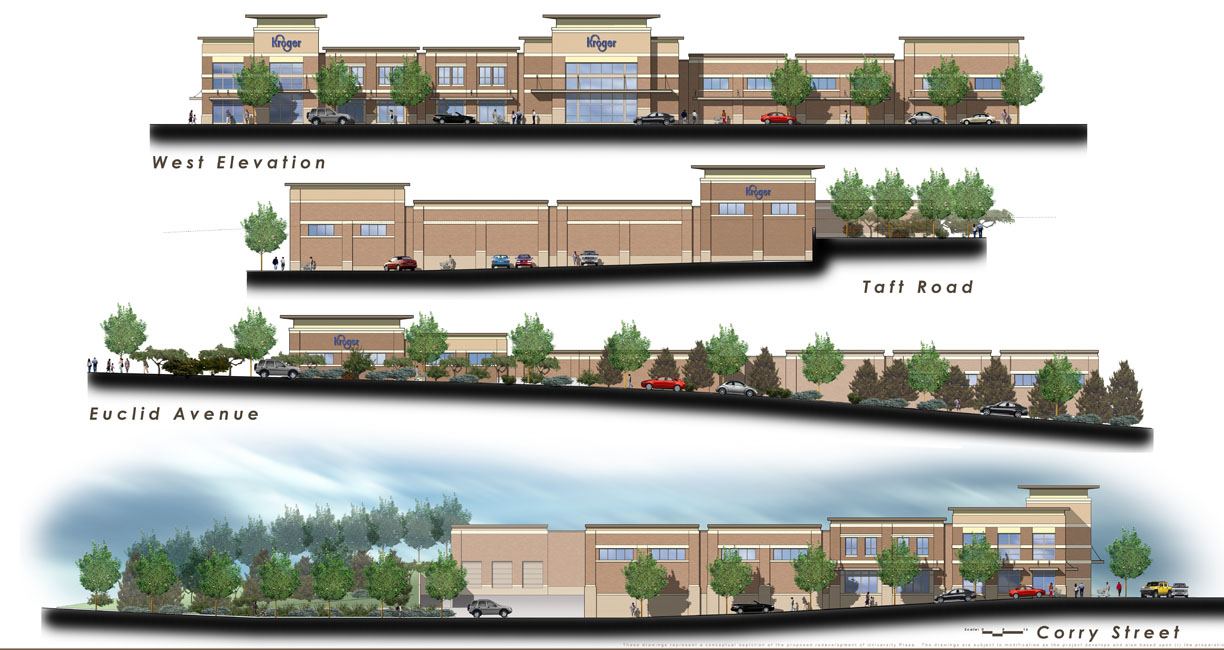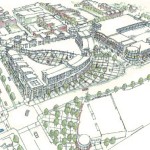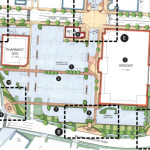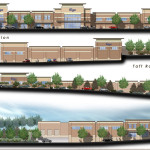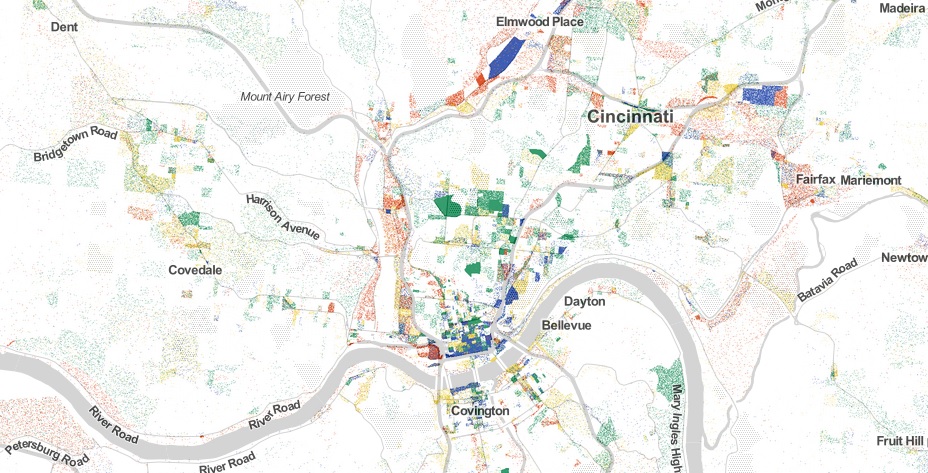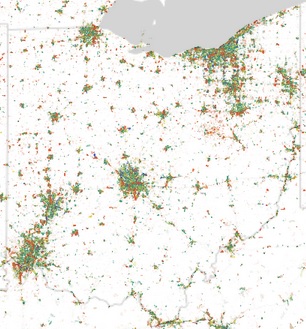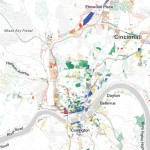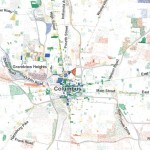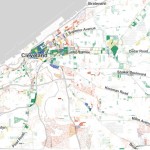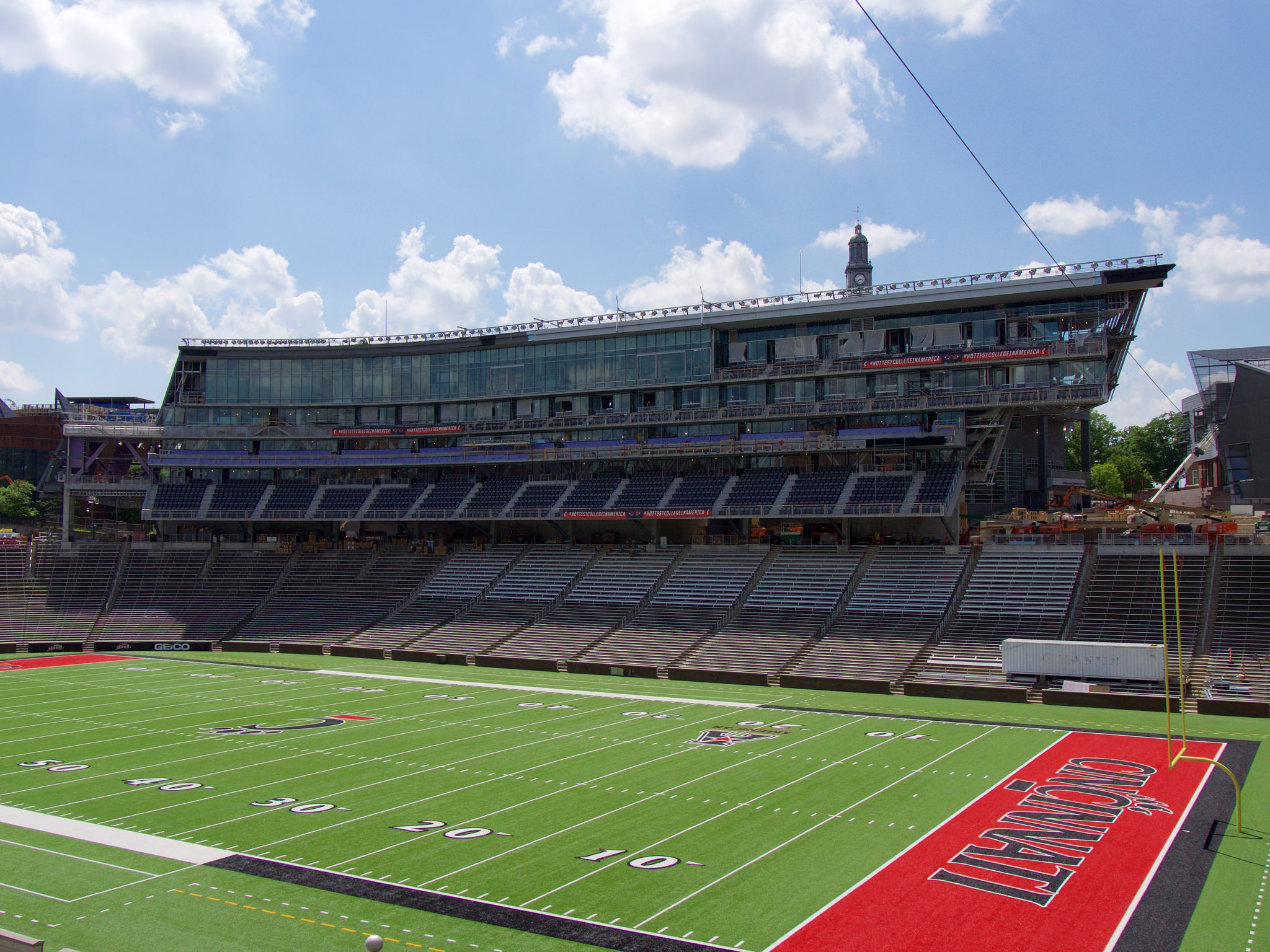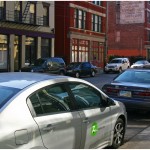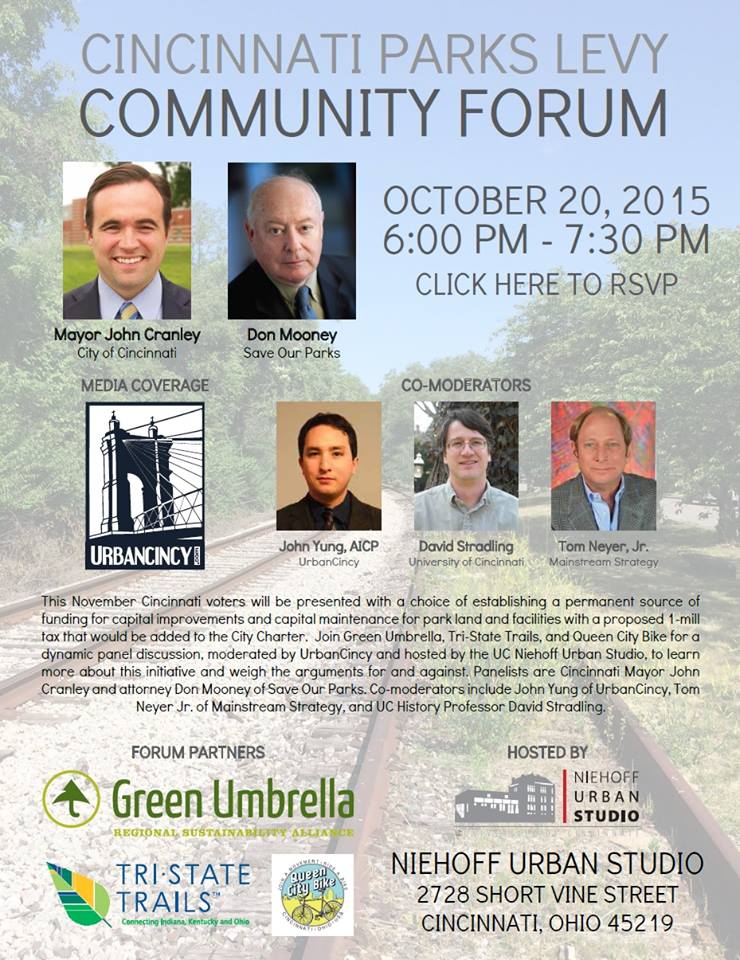 While the presidential election happens next year, there is plenty of excitement on this November’s ballot for Cincinnatians. In addition to the much publicized ballot item that would legalize marijuana in Ohio, there is also an item, Issue 22, that would raise property taxes in the City of Cincinnati in order to provide capital funding for park land and facilities.
While the presidential election happens next year, there is plenty of excitement on this November’s ballot for Cincinnatians. In addition to the much publicized ballot item that would legalize marijuana in Ohio, there is also an item, Issue 22, that would raise property taxes in the City of Cincinnati in order to provide capital funding for park land and facilities.
The proposed 1-mill tax would be written into the City Charter, and become what is essentially a permanent tax.
Early on the proposal gained wide-spread support, but has since been riddled with controversies. As such, it has become one of the hottest news items of late.
For those not familiar, the proposal was rolled out and explained as providing a dedicated funding source to cover capital expenditures for a number of projects at Cincinnati Parks, including helping address an estimated $55 million in deferred maintenance.
Since that time, however, opponents have charged that the way the proposal is structured gives too much power to the mayor and that it would become a slush-fund with little to no checks and balances. Further adding to the controversy has been the heavy involvement of existing and former politicians that have come under scrutiny lately for potentially improper use of public funds to bankroll the pro-tax campaign.
On Tuesday, October 20, UrbanCincy will host a debate on the topic with Green Umbrella, Tri-State Trails and Queen City Bike at the Niehoff Urban Studio in Corryville. While other debates have taken place on the issue so far, this is the first and only debate that will feature Mayor John Cranley (D) – the initiatives most prominent proponent – live and in person.
Mayor Cranley will be joined at the event by Don Mooney from Save Our Parks. The due represent the leading voice on both sides of the equation. The idea is to gather the public for a community forum to learn more about both sides of the issue, regardless of where you may or may not stand on the matter.
I will be joined by Tom Neyer Jr. of Mainstream Strategy and University of Cincinnati history professor David Stradling to moderate the discussion.
The Cincinnati Parks Levy Community Forum is free and open to the public. It will take place from 6pm to 7:30pm at the Niehoff Urban Studio in Corryville. The location is well-served by Metro bus service and is within a block of a Red Bike station. Those interested in attending are kindly asked to register in advance online so that proper arrangements can be made at the venue.
